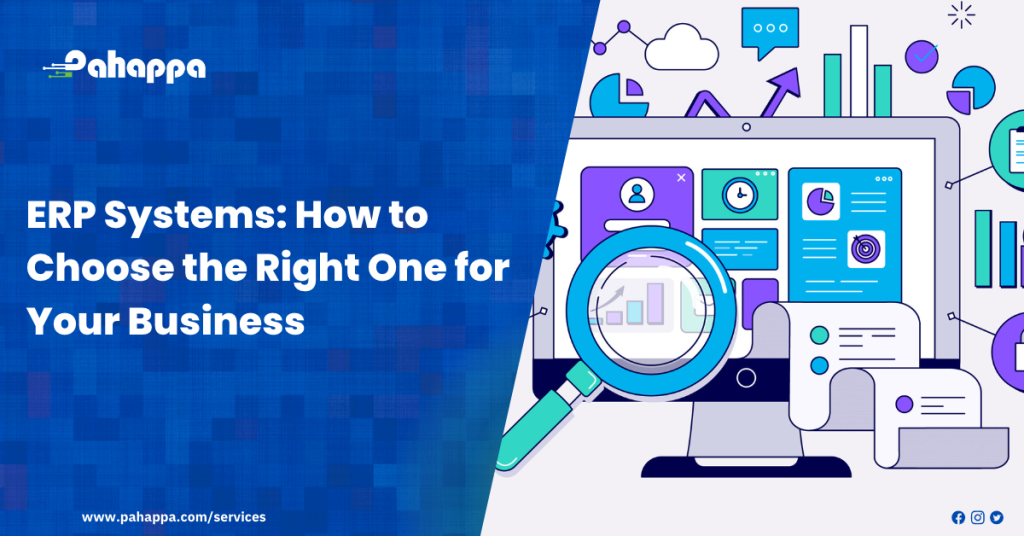Enterprise Resource Planning (ERP) systems are software solutions that integrate and manage the core processes of a business, such as finance, human resources, procurement, inventory management, and more. Choosing the right ERP system for your business can be a daunting task, but it’s crucial to get it right as the right system can provide significant improvements to your business operations.
Here are seven steps to help you choose the right ERP system for your business:
- Know your vision and goals: Every company has goals they wish to achieve at a particular time. Likewise, every department has departmental goals and follows KPIs in order to achieve those goals. it is important for a company seeking an ERP system to know where they want to head in terms of growth and capability. This in turn will help them choose the right workflow and processes to automate in order to achieve those goals through the ERP system.
- Identify your business needs: Before choosing an ERP system, it’s essential to identify the specific requirements of your business. Start by defining the core business processes that you want to manage using the ERP system. Make a list of the features and functionalities you need in an ERP system to support those processes. The list should also include any customizations or integrations that your business may require.
- Set a budget: ERP systems can be expensive, so it’s essential to set a budget before you start looking for a system. Be realistic about your budget and consider the long-term costs of maintaining the system.
- Choose between on-premise and cloud-based systems: You need to decide if you want an on-premise or cloud-based ERP system. On-premise systems are installed and hosted on your own servers, while cloud-based systems are hosted by the vendor and accessed over the internet. Cloud-based systems are generally more affordable, but on-premise systems may offer more customization options.
- Check for compatibility: Make sure that the ERP system you choose is compatible with the software and hardware you already have in place. Check for compatibility with your operating system, database, and other applications. If a company has outdated software and hardware, it will be hard for them to use more complex ERPs. Make sure your vendor has looked at your company’s software and hardware and tested compatibility before designing the ERP. Knowing this also gives direction on what kind of ERP the company needs.
- Request demos: Once you have a vendor, request demos of their ERP systems. Demos can give you a better idea of how the system works, how it can be customized, and whether it meets your business needs. Companies usually provide mock-ups of the system they will produce and later on demos of how the system works before hosting it on any server. Make sure your Vendor also compiles a user manual for members of staff to use after the ERP is created.
- Consider implementation and support: Implementation and support are critical factors when choosing an ERP system. Consider the vendor’s implementation process, including training and customization, and how long it will take to get the system up and running. Also, check the level of support that the vendor provides, including customer service, technical support, and ongoing maintenance.
Choosing the right ERP system for your business can be challenging, but by following these steps, you can make an informed decision that will benefit your business in the long run. To learn more about getting the perfect ERP system, click here.











